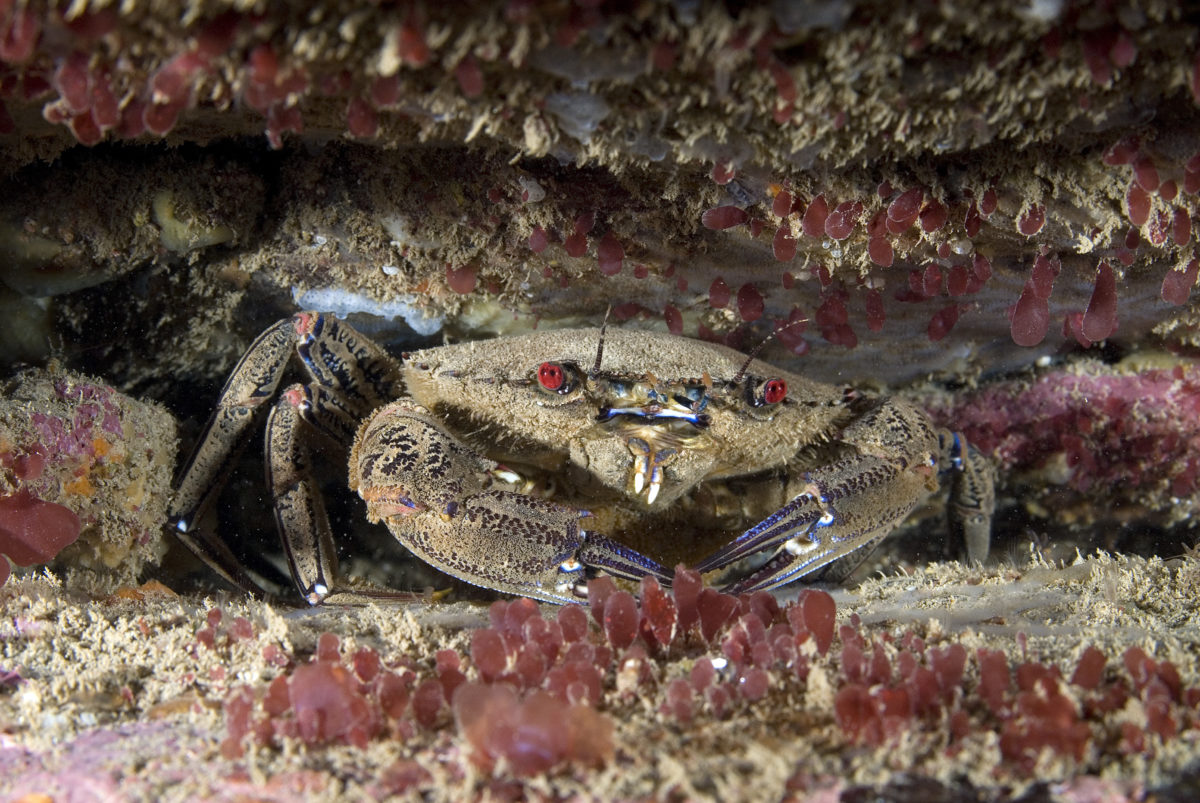The landscape around Wembury has hidden depths!
Beneath the waves lies a secret and beautiful world that can be appreciated by divers and snorkellers. It is home to an amazing array of wildlife, from the giant plankton feeding basking shark to the colourful jewel anemone. The coast around Wembury and Plymouth Sound is very special and is a Marine Conservation Area and Special Area of Conservation.















